PHOTOGRAPHY PHRIDAY, EP 5: SUBJECT, PART 2. Focal Point and Depth of Field as it relates to Subject.9/17/2021  The concept of subject isn't a simple as it sounds. The concept of subject isn't a simple as it sounds.
We talked last week about subject. Subject is what you are photographing. It’s what you want the viewer to see. Everything else in the image supports the subject. It could be the tiniest insect, a child, a bride, or the Grand Canyon.
Here’s the first question you should ask: “What is my subject?” On the surface, it seems like an easy question to answer: it’s a person or defined object. I recommend tweaking that question to “Where do I want my viewers eye drawn?” Your subject might have a subject! Is it the model’s stunning eyes? Is it your child’s beautiful smile? Is it a lone tree out on a prairie? Is it one person in a crowd or the crowd itself? Is it the tree or the beam of light shining through the branches. The subject’s subject is where you place your focal point. There is a relationship between focal point, depth of field and your subject. That relationship will determine your first camera settings: focal point and aperture. Focal point is that box, boxes or dots that blink around the area when you point your phone camera, or the boxes that blink when you press your shutter button on your DSLR or mirrorless. If you’re shooting on a phone, or in auto, the software will determine your focal point. This can be good and bad. Good it you have to get the shot quickly, bad if the device picks a spot you don’t want. I highly recommend taking control of focal point. Don’t let your camera pick it for you! If you have a DSLR, there will be a button somewhere on your camera or as a part of your control screen that allows you to take control of you autofocus point. Controlling the focal point is the first step in mastering your camera and getting the image you want. Cameras come with more than one focal point and it doesn’t have to be in the middle of the image The more advanced the camera, the more auto focus points it has. Press the focal point button on your camera (the image I show is on my Canon) and start playing with adjusting its size and placement. It will differ from camera to camera. There are plenty of videos on Youtube that can teach you this depending on your model. If you really want to get creative, turn off the autofocus entirely and use the manual focus ring on your lens.
Aperture is depth of field, or how much of the image is in focus. This is measures by the “fX.X” number on your lens. There are lots of factors regarding aperture, and we won’t get into all of them today. The lower the f number, the blurrier everything gets outside your focal point. The higher the number, more of the image is in focus. It’s more complicated than this, but this gives you the basics. Here’s the important part: If you are shooting below about f7.0 you better know exactly where your focus point is, or your subject may be blurry.
Here are some examples of focal point and aperture in my own photography. This landscape is a wide angle shot (18mm) with a wide depth of field (I seem to remember about f7.0). The focal point & subject are the barns, but I wanted a great deal of the field is in focus, too.
This photo has a narrow depth of field (f1.8) and a tighter focal range (50mm). This called for a precise focal point on the flower's stamens (my subject's subject), and letting everything else blur into shadow and color.
The rule of thumb I use is the more shallow the depth of field the smaller you want your focal point, such as using only one point or block. If you are doing broad, sweeping landscapes at deep depth of fields you want a broad focal point. The auto focus points don’t have to be in the middle, either, but we’ll talk more about that when we get to composition another day.
If you want close up and intimate, then you want wider apertures, like f4.0 or lower. This will concentrate the viewer on one spot and let the rest of the universe melt away. If I have a zoom lens and I’m using it at high, tight focal lengths, I usually also want to use lower apertures. So to recap, a good rule of thumb is the tighter, closer and more intimate the shot, the smaller your focal point. This allows you to focus exactly on what you want. The wide, broader and larger the subject, the bigger the focal point. These are guidelines, not rules. So to recap: 1) Control your focal point. 2) If your depth of field is shallow, use a more precise autofocus point. 3) If you are zoomed in, use a smaller focal point, too. 4) Loosen up the focal point as you zoom out and as you depth of field increases. These are the first steps to ensure your subject is what the viewer’s eye is drawn to. Next time, we’ll discuss subject as it fits into composition. Next time we talk, we’ll start bringing composition into the mix. Thanks for stopping by! *** If you enjoyed this blog, please like the post and leave a comment. Also visit my Facebook, my fine art photography and check out my photography book from America Through Time, "Abandoned Wiregrass: The Deepest South's Lost and Forgotten Places." #photography #subject #photographytips #tutorial #photographytutorial #howto #photographylessons
0 Comments
Just a few more days and The Golden Princess will be here. For those of you who have pre-ordered, thank you. For those who are waiting for the release or haven't heard of my novels, Here's a sneak peek of what's inside. Sarah burst from the enormous gilded doors, just as she had done on the first day of Festival every year since she could remember. Excitement vibrated through her body, invigorated by the late afternoon sunshine. Rosewater and jasmine floated on the air as she dashed down the stairs and across the crowded courtyard. Brushing by the central fountain, she didn’t care if the spouting lions splashed her with icy water. Sarah had to see the wagon, to touch it before it departed to join the parade assembling just outside the palace gates. As with every Festival, Sarah pretended she would be a participant in the glorious event, and not just another distant spectator.
She glimpsed the beautiful wagon through the milling crowd. Between the wagon and the palace gates, she spied Asul barking orders at his warriors as they struggled to assemble the House Azubehl’s contribution to the Parade of Princes. Behind them, drummers and trumpeters warmed up, filling the palace grounds with music. Soldiers herded gayly dressed dancers, acrobats, fire breathers, and plumed horses to the head of the line. Behind them milled a bedraggled pack of chained slaves, her Father’s slice of the booty from Hur-ar’s many wars against the steppe tribes. All of these would precede her father’s wagon, announcing the power of the House Azubehl. She ducked low to avoid Asul’s eyes, and weaved amid the crush of Hur-ar’s high ranking warriors and royalty chosen to follow the Prince’s wagon. By following the prince’s wagon in the annual parade, they announced their fealty to the ancient and powerful House Azubehl. Tended by a small army of slaves, the nobles clucked excitedly to one another. Broad silver trays piled high with exotic delicacies from across Hur-ar’s vast trading empire twirled and danced through the crowd. The struggling slaves beneath their shadows remained invisible to privileged eyes. Sarah, however, was not invisible. Noblemen occasionally ogled her despite her golden veil, but Sarah knew her status as First Daughter and betrothed to the Crown Prince kept her safe. Her father had arranged for his guests’ every appetite. Scantily-clad slave girls and boys, rented from the city’s finest brothels, prowled the lush gardens at the courtyard’s edges. As her mother had taught her many times, Sarah averted her eyes from the goings-on in the shadows. While Sarah had no illusions what the men did with the slave girls behind the garden’s thick foliage, she felt uncomfortable at the thought some of the girls were younger than her. The enormous parade wagon resting before the sealed palace gates commanded her attention. Slaves hurriedly put the final touches on the family’s contribution to the Parade of Princes, the Festival’s opening event. Long ago, it had been a heavy wagon used for hauling trade goods and ore up and down the steep Cliff Road to the Black Fortress. Standing almost twice as high as a man, her grandfather had ordered it rebuilt decades ago. Ornately carved stairs replaced the mundane wooden loading ramp on its side. Silk bunting draped over polished wooden slats and interwoven with silver and golden threads, bore images of the House Azubehl’s great deeds. Wooden wheels were replaced with gilded bronze spokes encrusted with glittering jewels. Atop it all, two gold and ivory thrones sparkled in the sun. This is where her father and mother would sit as two snow-white oxen pulled the wagon up the Avenue of Kings. Only the wagons of the King and Prince Hector, first in line for the throne, would proceed them. The rest of Hur-ar’s nobility would follow in order of their Court status. All the great houses were expected to participate, each displaying their wealth and might. The parade would terminate at sunset at the King’s Palace in the city center. There, a gala feast would rage until dawn, marking the official opening of the Festival of Gold. Sarah looked about, making sure Asul wasn’t watching. The High Prince and his First Wife, her mother and father, had yet to make their appearance. Noblemen drank and laughed around her, ignoring the High Prince’s daughter lingering in the wagon’s shadow. The slaves tending the oxen paid her no mind, nor did those tasked with shoveling manure from the cobblestones. Sarah reached up and caressed the silky bunting, still as crisp and bright as she remembered it as a young child. The wagon held a special magic for her. In her imagination, she pictured it one day transporting her beyond the palace’s gilded prison. She could count on her fingers the number of times she’d been beyond the palace walls. In those times, she had been concealed behind thick curtains in a wagon, on her way to and from the family’s country villa. Impulse overrode good sense, and she scurried up the stairs. Perched on her Mother’s throne, Sarah straightened her white silk and chiffon dress, pushed up her golden bracelets, and firmly set her gaze on the closed courtyard gates. If the force of her stare could open the gates, it would. She imagined what it would feel like to ride down the Avenue of Kings with the entire city’s eyes upon her. Sarah wanted to see the people, to experience Hur-ar’s vibrant sights and sounds. Her mother would have none of it. Laughter shook Sarah from her trance. Afraid Mother or Asul might have spied her, Sarah slunk down and peered around. The crowd paid her no attention, everyone focused on the party’s latest arrivals. A court page cleared his throat and shouted above the chattering crowd, “Announcing Her Highness, Ashtoreth, Eighth Princess of the House of Azubelh, and her son Prince Bal-eeb.” With disarming smiles and leering eyes, the freemen flocked to Ashtoreth’s side. The women of court fell back, whispering to one another jealously. “Witch,” Sarah heard several of the women hiss under their breath. Hiding behind her mother’s throne, Sarah could not tear her eyes away from the woman who had arrived into their lives like a whirlwind only a few months ago. Her father’s latest, and eighth wife, Ashtoreth had become a powerful force in court. Fully in control, Ashtoreth waded into the crowd, goblet in one hand. Her dress looked as if it were spun from black spider web, originating from her full left breast and radiating across her body. Golden silk beneath the black strands afforded minimal modesty and accentuated each dangerous curve. Diamonds woven into the thin strands gave the illusion of morning dew clinging to the black webs. Long ebony hair fell down her right shoulder, glistening in the sun and barely concealing her right breast. Beautiful, Sarah thought. And then, with a hint of unease, Powerful. She watched the way Ashtoreth drew men to her, and manipulated them with a look, or a word. Sarah frowned, considering her own body, wondering if men would ever look at her that way. Then she caught the gaze of another. From behind his mother, Bal-eeb grinned at Sarah. She blushed and turned away, slumping deeper into the wagon, back pressed against the chair. Her heart thumped wildly. She slowly snuck a peek, but he no longer looked at her and mingled with the crowd. People said Bal-eeb had already distinguished himself in battle against the Scythians. Broad shouldered and bare-chested, he wore only military sandals and the traditional ocher waist wrap of a Royal officer. Tall, with a bushy black mane of hair and thick oiled beard, he resembled his cognomen, The Lion. Her father’s younger officers flocked about him, as did many of her step-sisters. The handsome prince had caused a great stir among Prince Azubehl’s many daughters since his arrival. Many of her half-sisters openly wondered if marrying their stepbrother would be permissible. Sarah hated to admit it to herself, but she thought of it, too. Though she never publicly showed it, her mother had been furious when Prince Azubehl had taken a new wife who already had a son, and one so old. Everyone knew this presented an immediate threat to Ezra, the First Son. Sarah wanted to hate Bal-eeb, but kept finding herself stealing glances at the handsome Sammujad. Brash, arrogant and savage, Bal-eeb represented everything Mother taught her was wrong, everything the ancient teachings of the Narim, the god-men of the Black Fortress, rejected. To Sarah, Bal-eeb was like spring thunder in the mountains. She knew he should be feared, but she couldn’t pull her attention away from his power. “All Hail Prince Azubehl and his beloved First Wife, the High Princess Meribeph!” A flurry of activity in front of the palace’s great doors foreshadowed the imminent arrival of Mother and Father. Sarah knew she must leave the courtyard before Mother spotted her. Backing down the stairs and staying low, she tried to blend in with the crowd. Then, her right sandal caught a stair, sending her tumbling backwards. She grabbed at the wagon’s edge, but only snatched air. She closed her eyes and braced herself. Corded muscles caught her. Sarah’s arms naturally fell across an iron neck. When she dared open her eyes Bal-eeb smiled down at her. “You must be more careful, princess.” Sarah’s face turned bright red behind the veil. Her mind battled between the desire to crawl beneath the wagon and curl up and die, or perhaps, to stay right here in Bal-eeb’s arms. “P-put me down.” She added, “Please,” and then cursed herself. “Of course.” He set her down, but inched closer, trapping her between the wagon and his broad chest. He snagged a goblet from a nearby tray, eyes twinkling playfully. He smelled of wind and steel and smoke and every fantasy she’d ever imagined of life outside Hur-ar. She smoothed her gown and hair, struggling to regain composure. Sarah struggled to think of something, anything, to say. Her years of training under the stern matriarchs of Hur-ar’s oldest families did little to prepare her for the likes of Bal-eeb. “Are you enjoying the party?” She asked voice cracking. Bal-eeb emptied the goblet in one deep swig, and tossed it to the ground. He stepped even closer, further invading her space. “You talk much. All of you city dwellers love to talk.” “Yes. I guess we do.” Ironically, Sarah realized this was the most they had said to one another since his arrival at the palace. He placed a palm against the wagon, blocking her escape, and leaned even closer. “You’re different from your sisters.” “Oh, really?” Sarah swallowed. “How?” “A man might find you desirable.” Sarah held her breath; her heart pounded. Desirable? He playfully fingered her hair and toyed with the delicate knot holding her veil in place. “Your hair. Your eyes. There are no women like you beyond the wall.” Sarah glanced around, but no one in the crowd seemed to take notice of them. Unexpected excitement washed over Sarah as his warm breath caressed her cheek. “Princess, you should not be here.” A stern voice came from beside them. Sarah turned to find Asul locked eye-to-eye with Bal-eeb. “Hello, Captain Asul,” she exhaled, simultaneously relieved and disappointed. “Be gone, guard,” Bal-eeb gave Asul a dismissive glance. “Princess Sarah isn’t supposed to be here.” “Go away,” Bal-eeb glanced at Asul the way a mad dog does before it snaps. “She’s coming with me.” Bal-eeb drew himself up and turned to face Captain Asul. “When does a commoner give orders to a prince?” Those who took no notice before now turned and watched the two warriors face off. Bal-eeb hovered over her like a predator protecting its kill, Asul the unyielding interloper. Asul’s tone never changed, his face impassive. “I am under orders from High Princess Meribeph. Take it up with her.” Even though she seemed forgotten, Sarah tried to flatten herself as much as possible against the wagon. Bal-eeb laughed and stepped back. “Who am I to oppose the will of the High Princess?” The tension broke as Asul grasped Sarah’s wrist and pulled her away. The crowd began to chatter again like crickets after a passing storm. Asul led Sarah behind the columns at the courtyard’s edge. “Sneaking about again, my princess?” Asul said gruffly once they were out of earshot. “A proper princess doesn’t sneak, isn’t that what you tell me?” “Yes.” “Then I guess I wasn’t sneaking.” It’s been a few weeks since my publishing group DeadPixel Publications collapsed. It was really a writers’ “collective,” for lack of a better word. It started as a group of talented authors banding together to help create and market their work. My time there was a completely positive experience. I learned a great deal, made a few friends, and found a few readers. Looking back, I should have seen the end coming. Why did it die? A few of my fellow DPP’ers have written excellent blogs about what went wrong, so I’m not going to cover that ground again. I’ll just summarize by saying we didn’t really have a plan. Lots of talent and good intentions, but no real plan. With the clarity of hindsight, I tried to capture some generic lessons I learned, and come up with what I would do if I had to generate a publishing collective from scratch. I came up with these Seven Basic Steps to creating a writers’ publishing group. Of course, these are very basic and definitely not applicable to all groups, as goals vary widely. Maybe they are too elaborate, maybe I overthought this, but if you’re going to do something, go big. So let's go big. 1. Like any organization, someone has to be in charge. This is the guy or gal with the vision, the man with the plan, the cat herder, the carrot and the whip. This is what the group’s leader has to do as a minimum: a. Create the brand. b. Focus the group to support that brand. c. Sets the rules d. Let’s people in & kicks them out. e. Have a plan. 2. Creating a brand starts with genre. The smaller the group, the more focused the genre must be. This is the very reason really big publishing houses have imprints. Genre is a basic component of brand identity. It’s what draws in the loyal followers. You can’t be all over the place, or you won’t attract new readers or readers from other authors. 3. Set rules and enforce standards. Yes, writing is a creative endeavor. However, when writers start hitching their wagons to each other’s novels a set of expectations is naturally established. It could be anything from “I share your post, you share mine” to “you beta-read for me, I beta-read for you.” Instead of guessing, and randomly asking or receiving requests for help, a better idea might be to formalize the process. You know, a a handbook, or something like it. This also relates to publishing standards for editing, cover design and anything else that goes into a book. If you enter a writer’s collective, you live by the rules. Otherwise, thanks and there is the door. If a group is going to set rules and enforce them, they would naturally start sharing skills, talents and workload. 4. Division of labor. Authors often get overwhelmed by everything involved with publishing a book. That’s why they often join author groups. When an author joins, its best if they know where they fit and what’s expected of them. Writers are a strange lot. The only thing common among us is the urge to write. However, this also means we have diverse talents, too. Some writers are good at editing, others at cover creation, etc. When a writer petitions to join the collective, their talents need to be identified immediately. Once that is done, they are assigned to a sub-committee. These sub-groups could include, but are not limited to: a. Manuscript management b. Concept development c. Editing and style guide d. Beta-reading & Workshop e. Pitch f. Marketing, Blogging, Social Media, and Website g. Cover design and art h. Recruiting Since the writers group is genre-focused, everyone comes with credible, applicable skills that lend to the whole. Of course, workload should be managed fairly, and might even include an agreed compensation scale. Hey, anything is possible depending what the group wants to do. Whatever you do, you need a formal process. One important note here about money. If money for services gets bandied about within the group, arrangements should be formalized and approved by the group ahead of time. Make no assumptions. 5. Establish a Process: Your group has a leader, a solid brand, and suitable tasks for everyone. When a writer joins your group, they know they have a host of other writers to help them every step of the way, and they know exactly where they fit in the plan. Now you’ve got to create processes that takes care of your writers’ manuscripts from induction to post-publication. Whatever the process, the leader acts as a project manager of sorts, keeping the machine running, with concepts going in one end, and finished novels coming out the other. The degree to which an author hands over production of his or her manuscript to the group, is set by the rules, with no doubts of expectations. 6. Communicate! None of this works without communication. There are two forms of communication writers are good at – creative collaboration and bullshitting on Facebook. No, I’m talking about formal, disciplined communication regarding the status of writing projects as they wind their way through the pipeline toward publication. Groups and sub-committees need to meet on reoccurring basis, to get and give updates on status of projects. 7. Track results. This goes along with formal communication. It means setting metrics and tracking them. “How was that last debut?” “How are our reviews?” “How are sales on our books after one year?” Authors often suffer alone and in silence, unable to determine if what they are doing is any good. The group needs metrics to measure if what they are doing is even working. You can’t capture lessons learned and improve without metrics and communicating those to the group. There you are, seven steps for creating an effective author writing group. If it sounds very “businessy,” it’s because it is. Authors spend enormous amounts of time writing a book, but usually screw something up during the publication process. Writing groups, if run properly, help us avoid the big mistakes, improve our craft and, maybe along the way, make some money. If you’re going to form or join a writing group, remember the purpose is to help you write better, edit better, better covers, better sales, better everything. That just doesn’t magically happen, it takes a plan. If you liked what you just read, please tell your friends by a like, share and tweet! You can also check out my latest book, the illusion exotic for only .99 cents. Its a gateway drug to my other writing, like my epic fantasy novel BLACK SEA GODS.
In my latest Underground Book Reviews column, I talk about using UBR's unique features to network with other indie authors and expand your reader base. Here's an excerpt: “Three is a magic number. Yes it is, its a magic number. Somewhere in the ancient mystic trinity, you get three as a magic number…” If you’re old enough, you might remember an old Saturday morning cartoon called School House Rock. In the 1970s it educated young minds full of mush in between doses of Looney Tunes and Scooby Doo. One particular episode taught kids how to divide and multiply by threes. I like the number three, because for indie authors it really is a magical number. By exploring the unique opportunities Underground Book Reviews gives authors, you can take three marketing platforms and three readers and turn then into potential seed corn for a much wider audience. What does it take to give your novel "shelf appeal"? In my latest Underground Book Reviews column I discuss cover, synopsis and sample - the three key elements required to get your novel noticed and on its way.
Here's a excerpt: Readers have money and time to invest. Authors want readers to invest that money and time in their novel. Ever watch the show Shark Tank? Its kinda like that. You have to convince the reader to take a chance on your story. A novel’s cover, synopsis and first few pages are what seals the deal. Read the rest on Underground Book Reviews. Here's an excerpt from my latest article on Underground Book Reviews. If you're an indie author, it may be worth your time. We keep hearing that independently published books need a “filter”, a formal process to separate the serious novels from the not-so-serious. If this is true, who is qualified to provide such a filter? Not us, we’re just indie writers like you. Anyway, thousands and thousands of indie novels are published in the English speaking world every year. A formal process of sifting through all of them is daunting, to say the least.
Maybe a different tack is needed. Maybe indie novels don’t need a filter. Maybe indie authors need a standard. Welcome to the Underground Certified program. |
Archives
July 2023
Categories
All
|
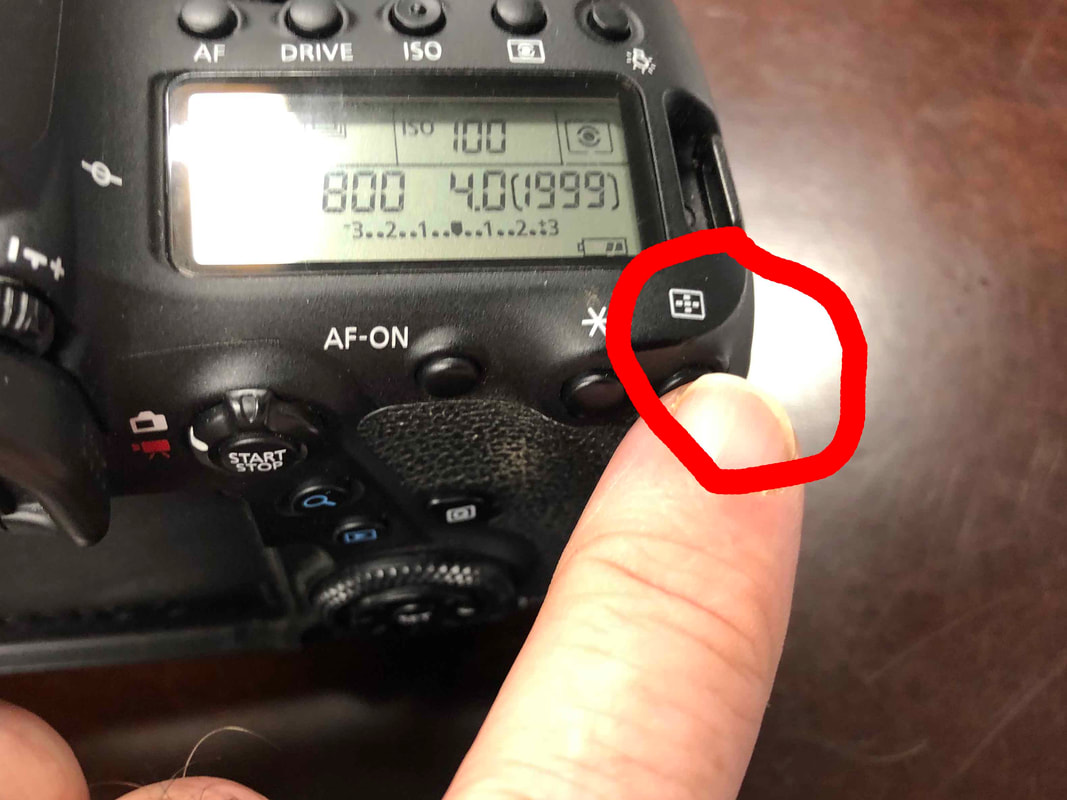
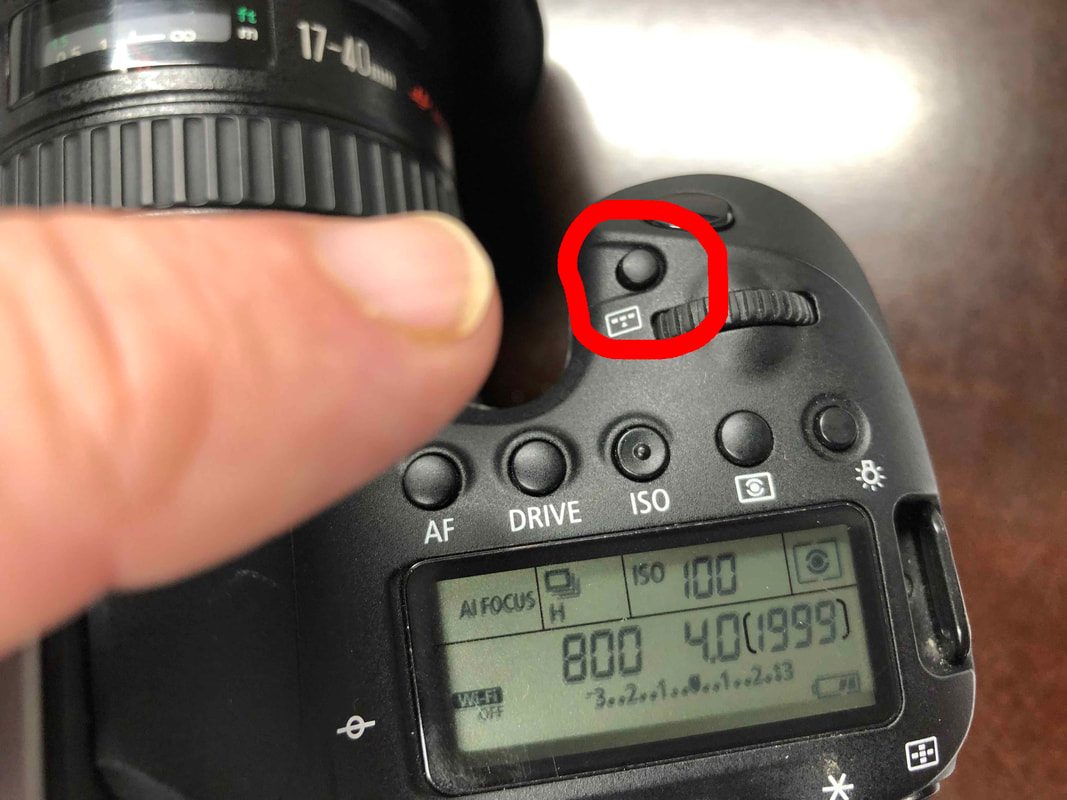

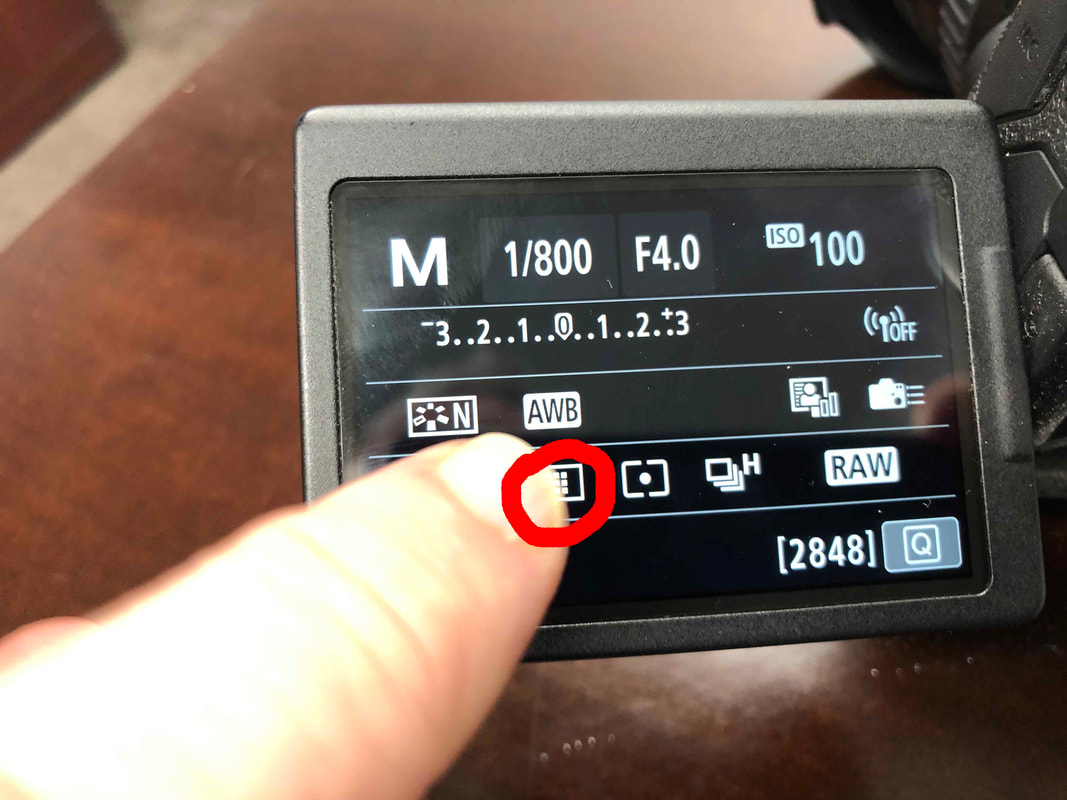

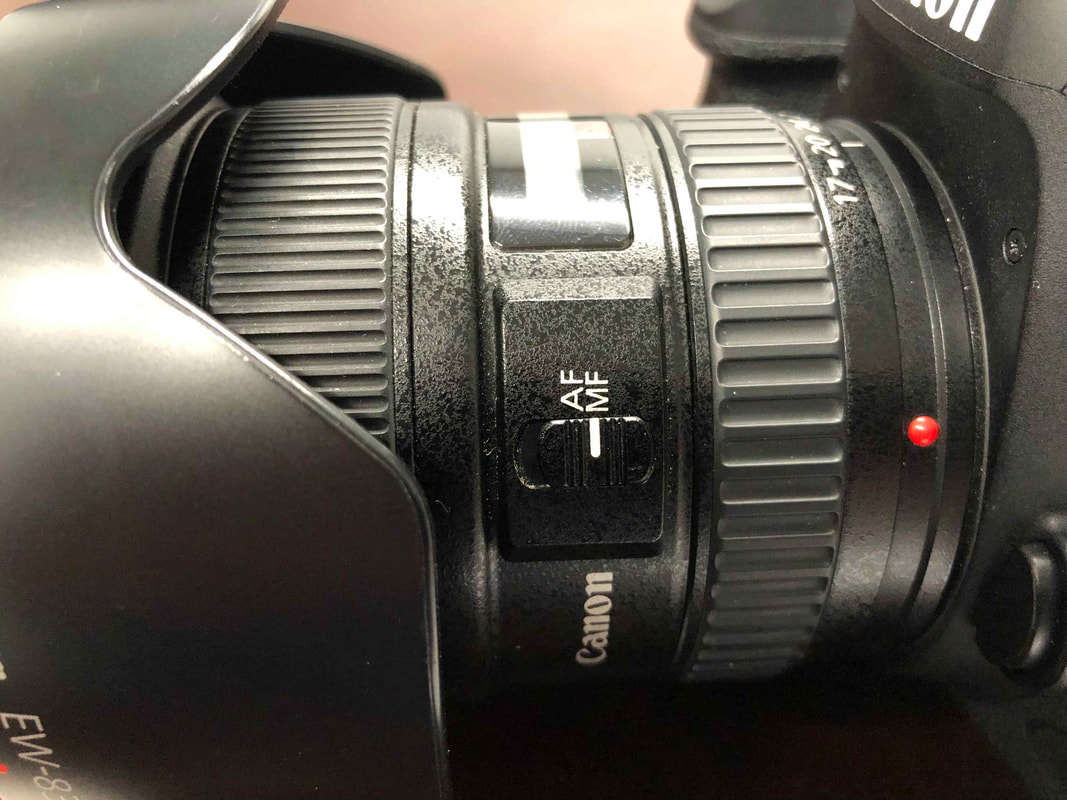
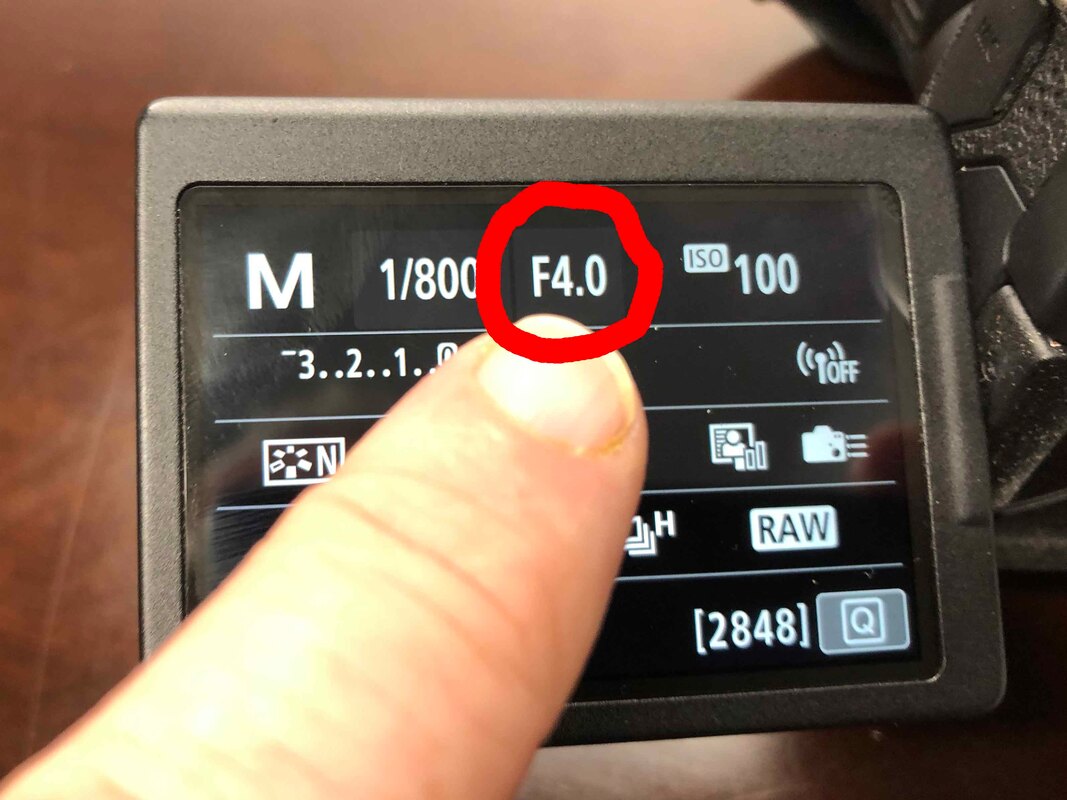
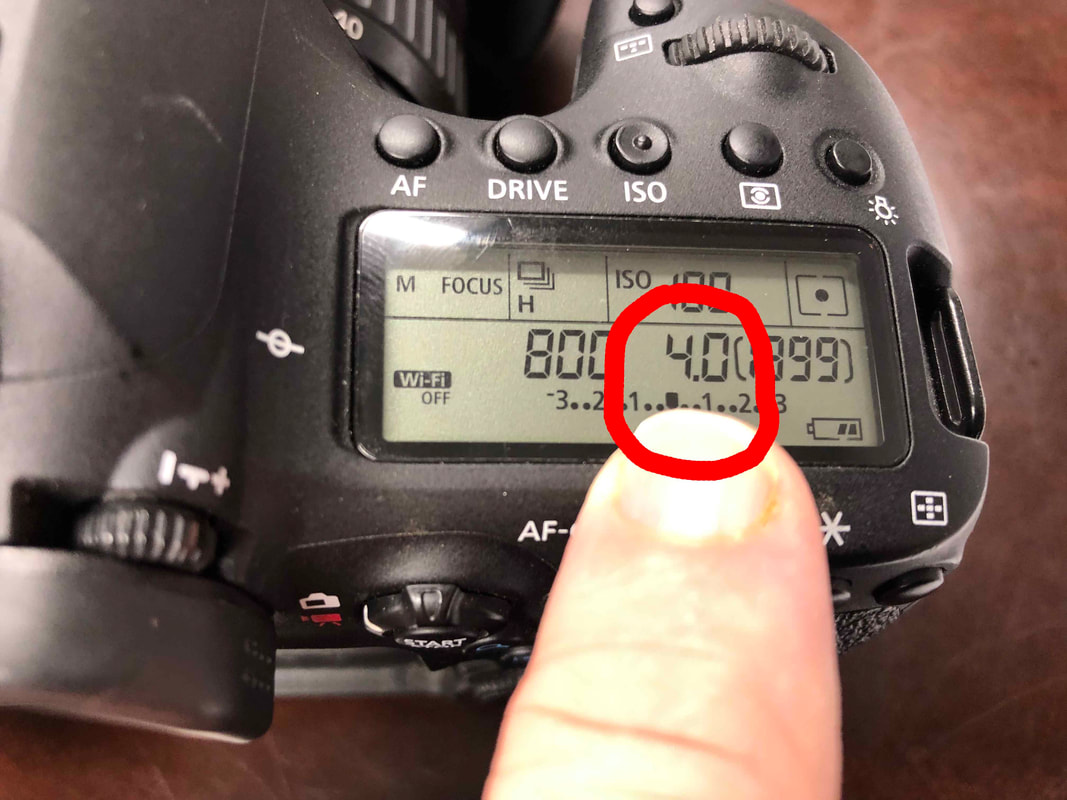


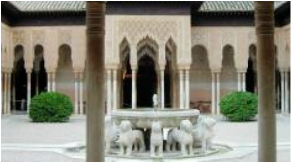




 RSS Feed
RSS Feed